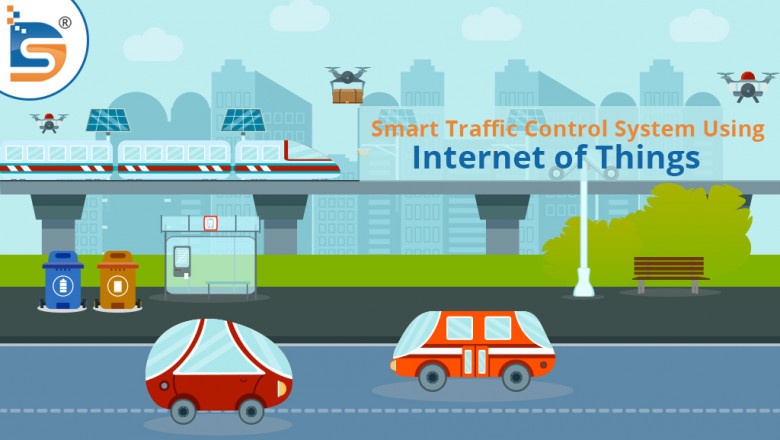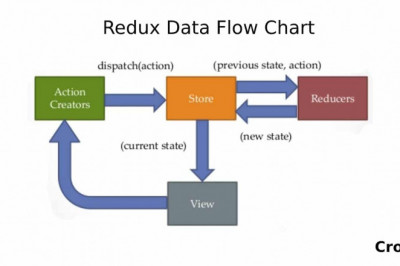views

Rapid urbanization is a problem for entities responsible for city infrastructure management and public comfort and safety. As the number of vehicles increases and traffic becomes more congested, massive traffic accidents become more prevalent. The Internet of Things in Transportation builds a secure foundation to leverage IoT for improved passenger experiences, safety, and efficiency.
Intelligent Transportation Systems (ITS) can assist in resolving traffic issues by merging IoT technologies with existing infrastructure.
Based on the information from the IoT sensors, it changes traffic lights so that the time between them changes depending on how many cars are on the road at a given time. The primary benefit of this system is that it may significantly minimize downtime and traffic congestion in a variety of locations.
IoT solutions have the potential to make transportation enterprises smarter and more successful. The Internet of Things is at the heart of the forces altering transportation to increase safety, efficiency, car and aircraft maintenance, and more strategic traffic management.
IoT in transportation includes the following examples:
-
Detection of Heavy Traffic
Technicians can monitor all roadways in a town from the city's traffic control center using cameras and sensors that are constantly monitoring intersections.
-
Dynamic Control
Dynamic system adjustments, such as traffic signals, entrance alarms, and express bus lanes, result from congestion sensing.
-
Interaction with Smart Automobiles
A smart traffic management system can connect roadside gadgets to them so that intelligent vehicles can communicate directly with intersections.
The Challenges of IoT Integration in Traffic Management System
While IoT traffic control provides improved capabilities for road infrastructure, several limitations must be ignored.
Additional security measures are required.
IoT devices that connect to the central network become more vulnerable to hacker assaults as the number of connected devices grows. As a result, any traffic management solution must include both a fundamental degree of security and an additional layer of protection. Typically, this encrypts data transmission, restricts user access, and authenticates devices.
Required High-Tech Network Infrastructure
All high-tech solutions necessitate fast data transfer. Because IoT solutions work with massive volumes of data and multiple IP addresses, the network infrastructure must constantly communicate with sensors and other IoT devices. For efficient operation, you need powerful networks that can evolve with the Internet of Things.
Time allocated to adaptation
Thousands of sensors and gadgets comprise the IoT-based intelligent traffic control system, making human management impractical. Intuitive IoT traffic management system with automatic connectivity and centralized control panel.
Increased Investment
People who use IoT technology over time cut costs and improve the efficiency of any business. However, there is a cost associated with the initial integration. These include the costs involved with the network infrastructure, vehicle modernization, and the development, implementation, management, and security of IoT systems.
Implementing the Internet of Things in Transportation
While these transportation IoT applications may appear to be wishful thinking, they are more than simply possibilities. Keep an eye out for these developments.
Smart transportation, which is a product of IoT in automobiles, is already exploding in popularity. Between 2018 and 2019, the connected automobile market surged by 45 percent, with global sales estimated to reach 76 million units by 2023. Automobile manufacturers are well aware of the benefits of IoT and are actively pursuing them.













